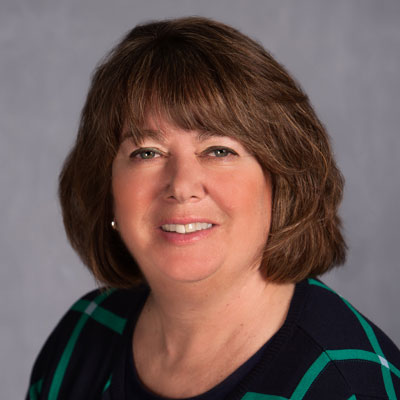
Numerous factors are helping the senior housing industry as it evolves and matures. That’s according to the National Investment Center for Seniors Housing & Care.
“It is an exciting time in the senior living industry as the sector matures and product offerings become increasingly differentiated,” Beth Burnham Mace, chief economist and director of outreach at NIC, wrote Thursday in a blog post addressing emerging trends.
“Much like the hotel industry, with offerings from Motel 6 to the Ritz-Carlton, operators, developers and capital providers are increasingly segmenting the senior housing market by both price point and service offerings,” she added.
The addition of active adult rental properties to the senior living industry, for example, is appealing to what Mace called the “younger old” cohort of adults looking for a community lifestyle.
Middle-income older adults have greater options than seniors in the past. The need for housing that serves this cohort was quantified in a 2019 NIC-funded “Forgotten Middle” study. That research found that 54% of the 14.4 million middle-income older adults in 2029 in the United States will lack the financial resources to pay for senior housing and care. An update released earlier this year found that more than 11 million older adults (72%) will not be able to afford assisted living by 2033, nor will they likely qualify for related Medicaid coverage.
Another cited catalyst is the advent of what Mace called “ultra-luxury retirement communities,” which feature high-end concierge lifestyle living options with a host of amenities.
“And, of course, there remains the traditional senior housing product, with a price point that falls between the latter two and offers a value proposition of security, socialization, engagement, room and board, care coordination and lifestyle,” Mace said.
“Once senior housing is fully recognized as part of the healthcare continuum, senior housing operators will be able to participate in the revenue streams associated with a capitated risk-sharing model of care,” she added.
Two tailwinds support an ongoing occupancy recovery for senior living, Mace said: supply of new senior housing units under construction and increasing demand. Senior living occupancy is making its way back to pre-pandemic level, NIC reported earlier this month.
Staffing continues to challenge the senior living industry, Mace said.
“Rising wage costs associated with temporary agency workers, overtime hours, and sick leave associated with COVID-19 have combined with dollars expended on personal protective equipment and rising insurance costs to put significant pressure on expenses,” she said. “Rent growth, while rising, has not been sufficiently able to offset expense growth for many operators. As a result, net operating income has been hard to achieve for many — but certainly not for all — operators of senior housing properties.




